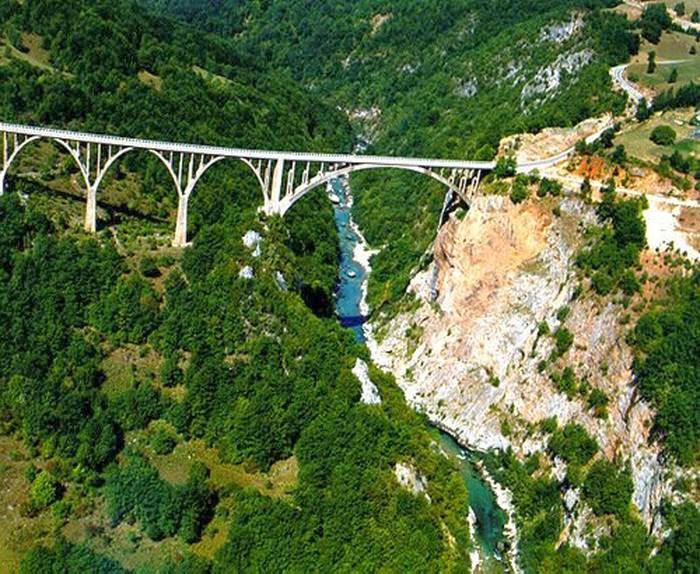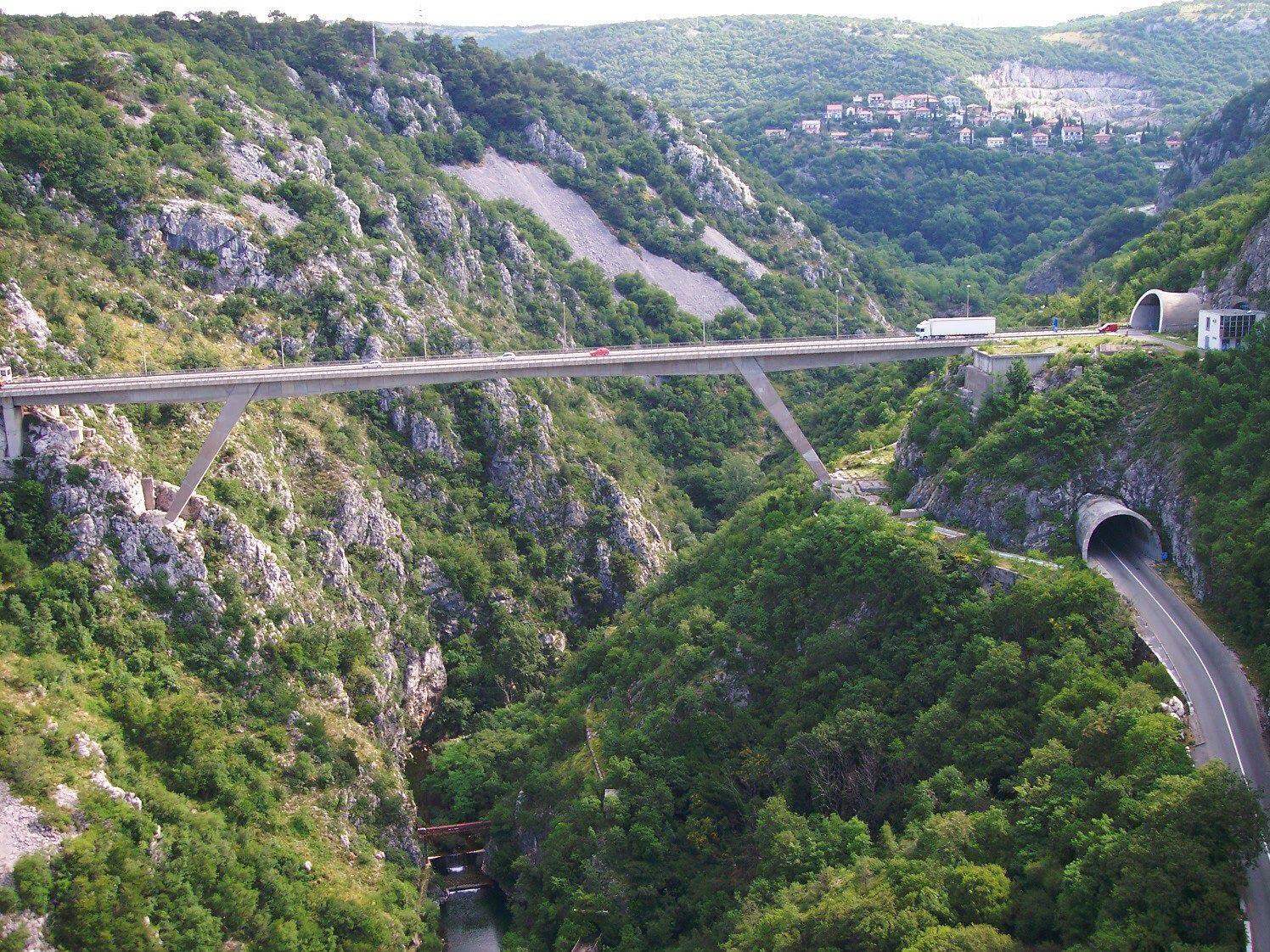6) SUNDAY, 3 JULY 1977:
212 KMS. - DUBROVNIK
At the city point in SPLIT, where we were in the morning for textile-free sunbathing and swimming, it was not a beach but rocky area. It was exciting to see people sunbathing in nude, mixing both men and women of all ages, like I had ever been once at Tisvilde beach in Denmark.
At the city point in SPLIT, where we were in the morning for textile-free sunbathing and swimming, it was not a beach but rocky area. It was exciting to see people sunbathing in nude, mixing both men and women of all ages, like I had ever been once at Tisvilde beach in Denmark.
Today's scenery on the
way from SPLIT to DUBROVNIK remained the same coastal road and looked almost the same, it didn’t change
much with serpentine detours. Sometimes it
was rather tiring, if not for the natural beauty of the coast and the mountains.
Strange, I felt a bit boring today. There were also signboards written
"SOBE" periodically on the roadside, announcing about rooms availability
for rent due to the holiday season. We wanted to take a break during the way for
having some baked fishes but were afraid
of late arrival in DUBROVNIK and loose our chance to look around the city.
 |
| Old walking street of Dubrovnik - Photo : Bing images search |
About 5.00 pm., we arrived DUBROVNIK and found a parking spot under pine trees
near the old castle. An ordinary car with a sticker NL from Holland has already
parked there, the owner seemed to sleep in the car to save his hotel bills.
After parking, we started our way to
have a walk around, mixing with many pedestrians. They were both tourists and local inhabitants,moving around
on the main old roads of the city like in other cities we passed earlier. We
met several groups of American tourists too.
 |
| Photo : Bing images search |
The main interest of the city was located in the medieval fortifications and castles. The city was founded in the 7th century, has been on important lines of navigation. Adjacent to the walls of the old fort there is an aquarium that typically exhibits various types of fish with strange body patterns and colors, as well as various marine animals but we didn’t really want to enter inside. I think I've ever seen something the same already once at the WILHELMA Aquarium in STUTTGART.
In addition, on the island not far from DUBROVNIK, it is a popular natural
attraction for those who like sunbathing naked, they can do it freely without being
worried to be looked at or commented by anyone.
 |
| Photo : wikimedia.org / Bing images search |
The city of DUBROVNIK is famous for its beauty that tourists want to visit to admire, including an Irish writer George Bernard Shaw, who visited here in 1929, giving credit to DUBROVNIK as a heaven on earth. He said "If you want to see heaven on earth, come to Dubrovnik."
 |
| Photo : Bing images search |
Interesting YouTube Video about Dubrovnik :








.jpg)










